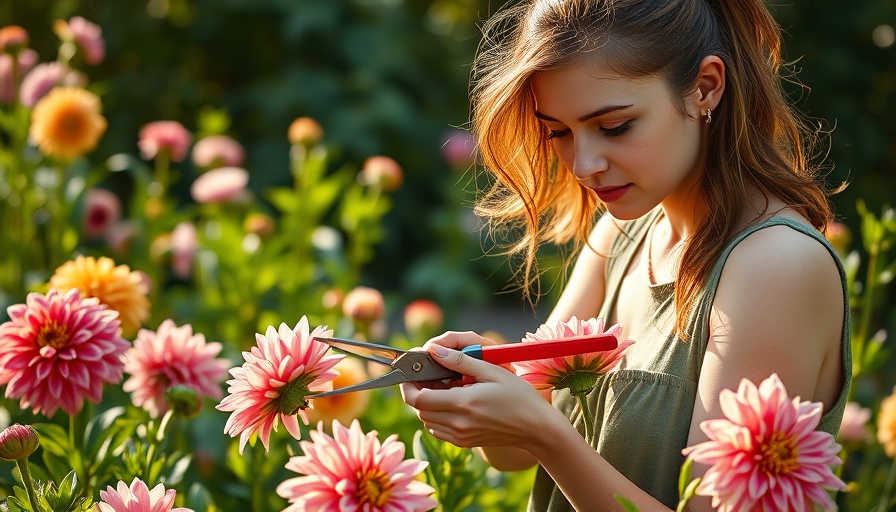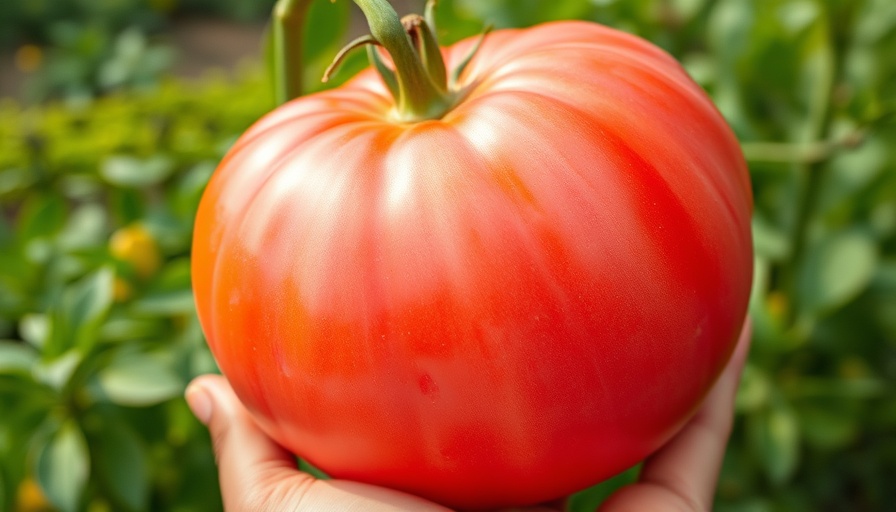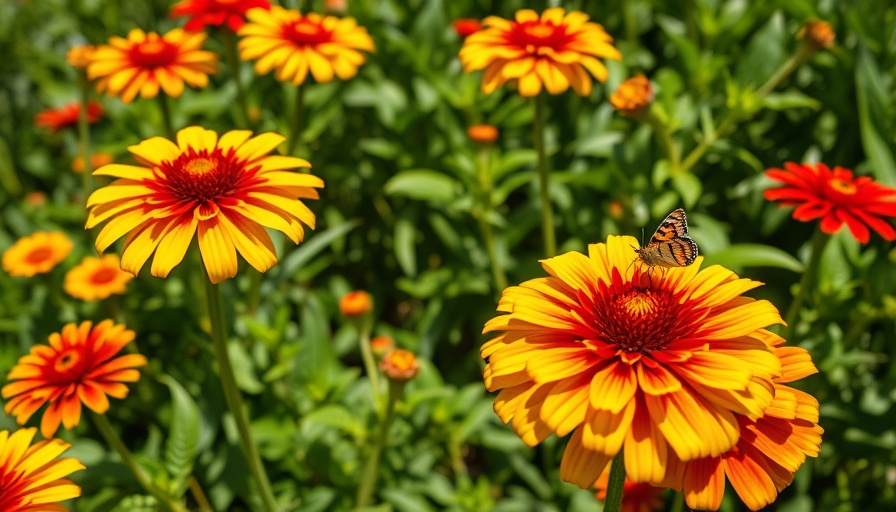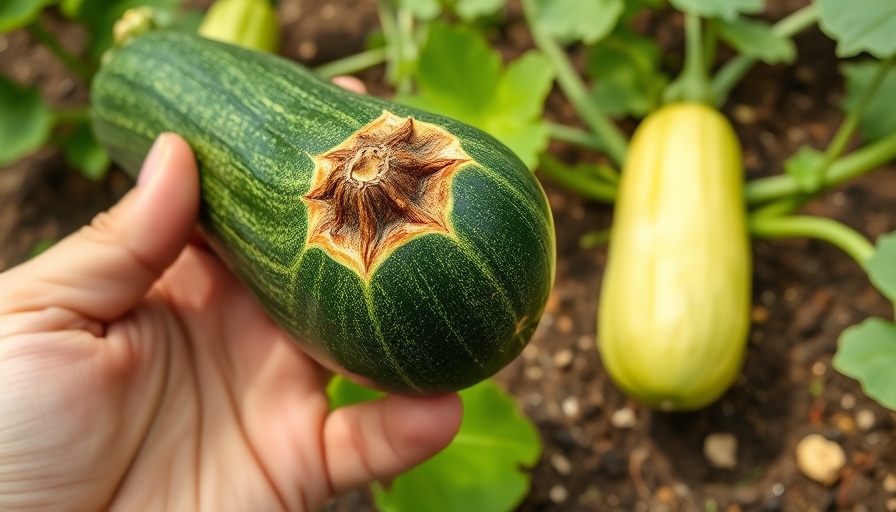
Introduction to Dahlia Care
Dahlias are a favorite among gardening enthusiasts for their vibrant colors and stunning shapes, making them a showstopper in any garden. These flowers can flourish from mid-summer until frost, offering an extended display of beauty throughout the season. However, to keep dahlias producing their breathtaking blooms, proper care is essential. One critical aspect of this care is learning how and when to cut spent dahlia blooms after flowering.
Understanding the Importance of Deadheading
Deadheading, the practice of removing faded flowers, goes beyond mere aesthetics. By cutting dahlias after they have flowered, gardeners can redirect the plant's energy from seed production back into generating new blooms. This simple task can significantly enhance the blooming cycle, often resulting in a second or even a third wave of flowers, which means even more stunning displays to enjoy.
When to Cut Dahlias After Flowering
Timing is key when it comes to deadheading dahlias. Ideally, gardeners should cut blooms as soon as the petals begin to wither. This not only clears away the faded flowers but also encourages the growth of fresh ones. It's advisable to check the blooms every few days during peak flowering season, giving the garden a neat appearance while promoting healthy growth.
Best Practices for Harvesting Dahlias
In addition to deadheading, harvesting stems for arrangements can be done at any time. For optimal results, cut dahlias early in the morning when temperatures are cool. Pick stems with fully opened blooms to maximize their beauty in arrangements, keeping in mind they will not continue to bloom once picked.
When Not to Cut Your Dahlias
There are instances where deadheading is not required. If gardeners want to collect seeds or allow blooms to scatter naturally, it’s best to leave some on the plant. While hybrid dahlias won’t produce flowers true to type from seed, they can create unexpected varieties in the following season.
The Benefits of Knowing When to Deadhead
Understanding when and why to remove spent blooms can make a significant difference in the health and aesthetics of a dahlia garden. Regular deadheading prevents diseases, enhances flowering, and supports the overall vigor of the plants. This practice is also a vital part of sustainable gardening, as it allows blooms to thrive and keeps your outdoor space inviting and beautiful.
DIY Tips for an Elevated Gardening Experience
For those in places like Muskegon looking to improve their gardening space, consider constructing outdoor soil beds or building elevated planter boxes. Incorporating these backyard solutions can ensure your dahlias and other flowering plants receive the best care possible, resulting in a vibrant garden you can enjoy throughout the seasons.
Conclusion: Embrace Your Gardening Journey
Deadheading your dahlias is an essential practice for promoting healthy growth and vibrant flowers. By following these simple guidelines on when and how to cut spent blooms, you can ensure your garden remains a beautiful representation of nature's artistry. And while you’re enhancing your garden, take advantage of community resources to explore how to build custom seating or lay out planting rows, ensuring your DIY gardening projects are both rewarding and successful.
For more assistance with your yard care, consider reaching out to Norther-LawnCare.com, your trusted local provider for winter plowing and property management. Contact Everett Lucas at 231-450-3414 for five-star rated services, and keep your garden thriving!
 Add Row
Add Row 
 Add
Add 


Write A Comment